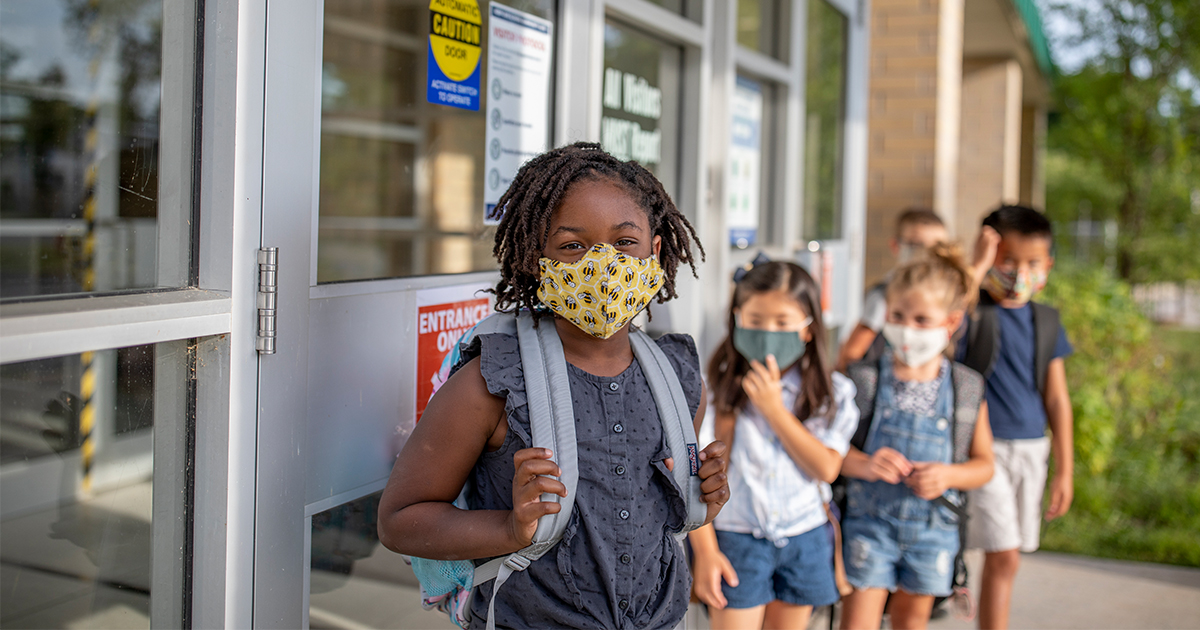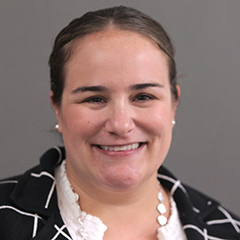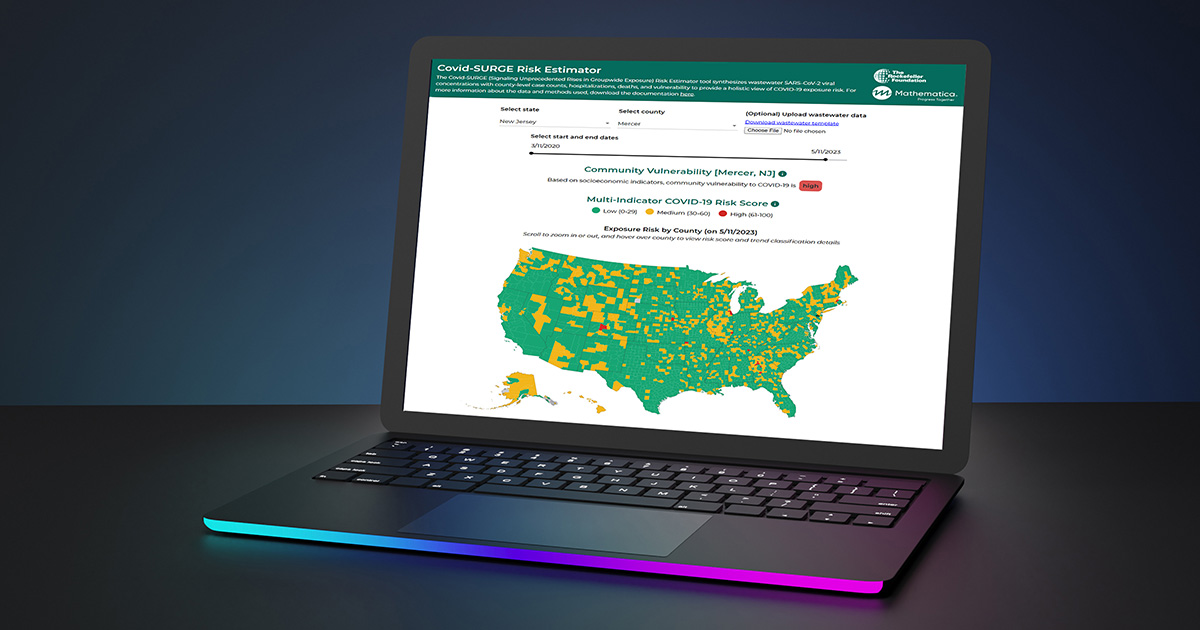The surge in COVID-19 cases among children, driven by the Delta variant, has placed significant pressure on school boards, teachers, staff, and parents to balance the desire to “return to normal” with considerations for how to keep students as safe as possible. In response, earlier this month, President Biden outlined a comprehensive approach to bring the COVID-19 pandemic under control that included a focus on following the evidence to keep schools open and students safe. This news came on the heels of an announcement in March that the Biden–Harris administration would make $10 billion in federal funding available to provide school districts with resources and technical assistance to implement and sustain routine testing programs. That could be money well spent; a recent study Mathematica conducted in partnership with The Rockefeller Foundation found that, when combined with other mitigation strategies, routine testing can be highly effective in reducing COVID-19 transmission within schools. Some testing strategies were even found to completely eliminate transmission.
So, what steps can schools take to follow the evidence and take advantage of the newly available funding?
Get everyone involved to make testing as accessible as possible.
School-based routine testing programs are most effective when all members of the school community participate, including students, teachers, staff, bus drivers, and food service staff. To make participation easier, school leaders should design programs that ensure testing is as accessible as possible by taking measures such as conducting testing in classrooms or on campus, rather than requiring individuals to travel to a central location. Electronic consent forms, opt-out strategies, and other simplified informed-consent measures are also effective in removing barriers to participation and maximizing the proportion of students tested. However, many schools still struggle to obtain parental consent. These strategies might not enable testing to reach every student, but a combination of community engagement throughout the process, accessible on-site testing, and streamlined consent almost certainly provide the best path to reaching as many students as possible.
Partner with local health departments to navigate regulatory and reporting requirements.
Schools interested in conducting routine testing must comply with regulatory requirements, but most schools are not experienced with applicable requirements related to laboratory testing (CLIA waivers) and health data management (HIPAA). In New Orleans and Los Angeles, two of our study sites, school leaders partnered with state and local health authorities to secure a statewide CLIA waiver to test in schools. These statewide partnerships allowed any school interested in participating in a routine testing program to administer tests on campus without each school needing a separate waiver. Partnerships with local health authorities can also help schools navigate the process of accurately and efficiently reporting positive cases to facilitate contact tracing.
Carefully consider logistical issues, including staffing and testing locations.
Designing a routine testing program that will be acceptable to the school community requires thinking about logistical issues, including staffing and the environment of the test site. The schools we looked at used different approaches depending on community needs and available resources. Friendship Public Charter School Network in Washington, DC, hired licensed health care staff with pediatric experience to conduct tests and found that this expertise made a significant difference in generating enthusiasm for testing among students. Jefferson County Public Schools in Louisville, Kentucky, hired health care workers who provided trauma-informed care to those who expressed testing concerns. New Orleans Public Schools and Rhode Island used mobile testing units to travel to schools on a schedule that was most convenient for students and families, to increase the accessibility of testing and reduce barriers to participation. As school leaders consider how and where to conduct routine testing, they should ensure that students and staff are comfortable with those administering the tests and that individuals flow smoothly through the testing process with minimal disruption to the normal school day. The Rockefeller Foundation partnered with Testing for America to develop a playbook that lays out steps for designing and implementing testing programs to help schools make these decisions.
Tap familiar, respected leaders to communicate the importance of ongoing testing, and keep things consistent.
Effective implementation of school-based routine testing programs requires a thoughtful communications approach to ensure the school community is well informed about the testing program and encouraged to participate. Schools should rely on respected leaders including school principals, vice principals, and local leaders who are familiar to students and families, to communicate the importance of testing. Schools should also avoid making frequent changes to the testing program once implemented. Schools in our study found that consistency in who is being tested, how they are tested, and how often they are tested helped build stakeholders’ trust and comfort with testing as a routine part of school.
Dive into your own numbers to inform decisions.
We created an online tool school leaders and local public health officials can use to simulate how different testing approaches, in combination with other mitigation measures, might impact within-school transmission of COVID-19. We found that the most effective testing strategies also increase the number of days a student might be required to stay home from school and participate remotely. One way to mitigate this risk is to explore a “test to stay” approach for individuals who have been exposed to someone who tests positive. “Test to stay” refers to daily testing of individuals who might have been exposed to COVID-19 and allowing those who test negative to remain in school without quarantining. This approach is used in some Massachusetts public schools.
Despite the surge in Delta cases and the financial incentives announced by the Biden administration, many schools across the country began the school year without testing programs or other protections, such as masking and distancing, in place. There is a growing body of evidence in support of these approaches to keeping schools open, but as our study showed, designing and implementing successful programs can be challenging and requires dedicated leaders and adequate resources. The need to keep students in school and avoid learning loss is clear. The money is available. And while caseloads rise in an increasingly bitter and politicized climate, getting school testing right offers a chance to see a “return to normal” on the horizon.





